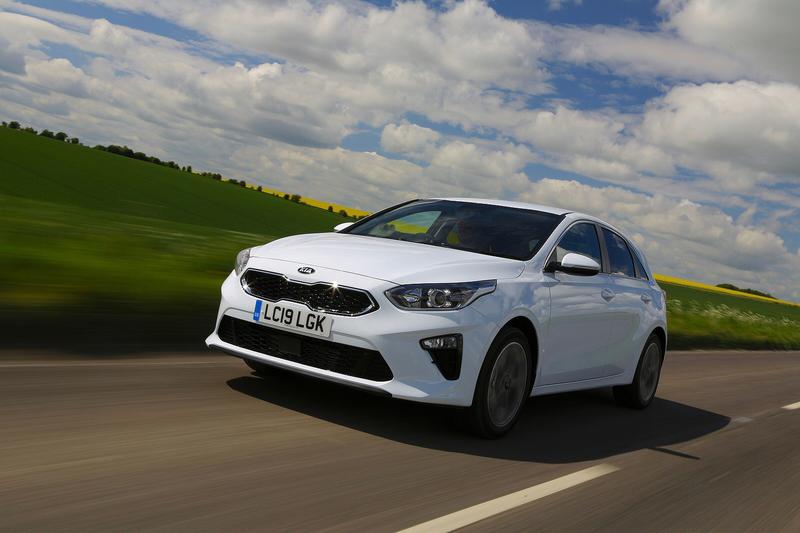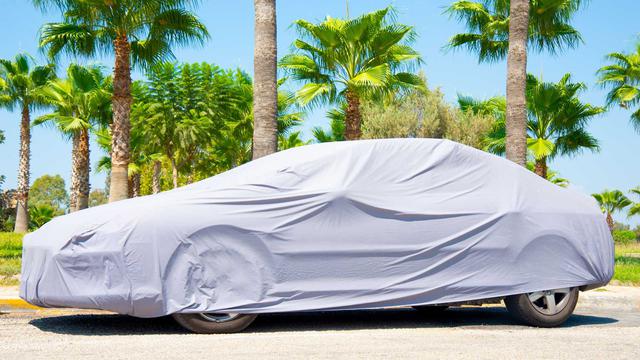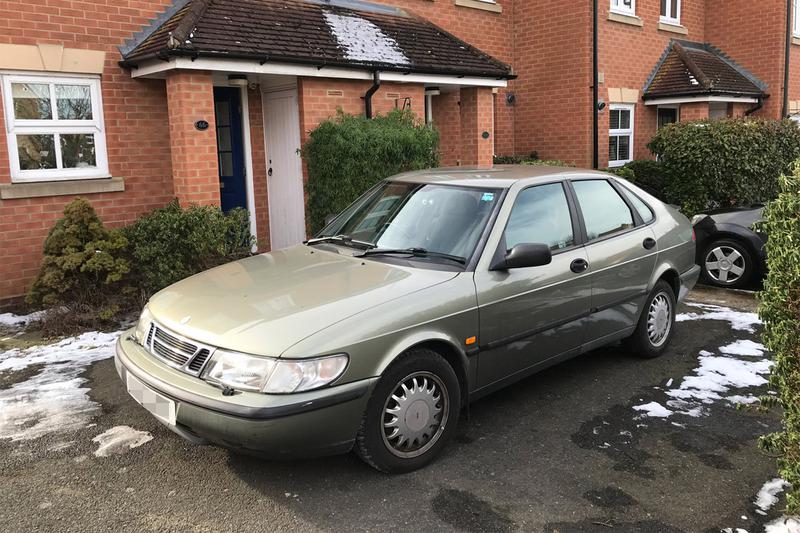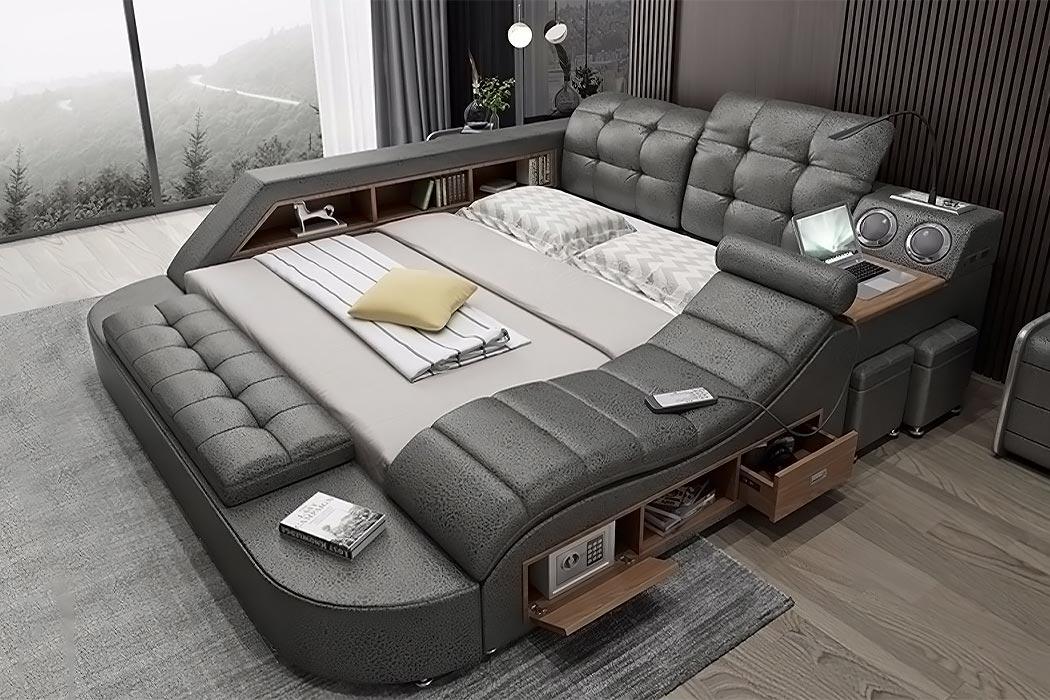5DR Hatch / SW Estate (1.0 T-GDI, 1.4 T-GDI, 1.6 CRDI [1, SR7, 2, 3, GT])
Introduction
In its third generation guise, Kia's Ceed further sharpened its proposition in the Focus-class family hatchback segment, with smarter looks, extra technology, a rejuvenated range of engines, stronger standards of safety and, most importantly, a far more dynamic driving demeanour. As before, value continued as a strong suit and as usual, there was an industry-leading warranty. Potentially then, there's a lot to like here for the used buyer. Here, we look at the original 2018-2021-era versions of this model.
The History
If you want to better appreciate just why Kia is one of the world’s fastest growing automotive brands, you’ve only to look at the Ceed family hatchback. The Slovakian factory that builds it only opened its doors in 2006 yet by 2018, over 1.3 million Ceed models had been built. It was the task of this more stylish, dynamically able third generation version to try and ensure that this momentum continued.
Automotive historians will look back at the original first generation version of this car, launched in 2006, as a landmark design, the first to take on the European and Japanese market leaders squarely on their own terms in the volume Focus and Golf-dominated Family Hatchback sector. Built in the heart of Europe, it was targeted at the heart of the European motor industry, hence the unusual ‘Ceed’ name, a combination of the French abbreviation for European Community (CE) and this car’s project title (ED). It shamed the established players by matching their quality while massively undercutting their prices and offering an astonishingly long 7-year warranty. A strong sales performance followed, kick-starting this Korean brand’s emergence as a motor industry force to be reckoned with. That’s been one of the enduring industrial stories of the early part of the 21st century, right up there with Google, Apple and Facebook - and every bit as impressive.
The cee’d was re-launched in more sophisticated second generation ‘JD’-series form in 2012 and then substantially updated in 2016, before this MK3 range was introduced in mid-2018. The silly apostrophe that previously featured in the cee’d name was dispensed with by 2018, but the relentless attention to detail that characterised the design of those previous models was prioritised just as much.
There was an all-new ‘K2’ platform, along with new engine technology, improved connectivity and a big step forward in camera-driven safety provision. Plus, for those not wanting the straightforward five-door hatch body style, there’s the option of a stylish new ‘shooting brake’-style station wagon-like body shape bearing the ‘Proceed’ name, along with the usual conventional Sportswagon estate variant and a potent GT hot hatch. The Ceed sold in this form until mid-2021, when it was significantly facelifted. It’s the pre-facelift 2018-2021-era models we look at here.

What You Get
What Kia served up here falls short of being truly arresting, but it was a useful evolution over the previous model, being lower and wider than the car it replaced. In terms of upgraded looks, most of the effort went into the front, with its wider ‘tiger nose’ grille and lower air intake. From the side, you get more of a perspective for the bolder, more horizontal shoulder line, something even more evident on the alternative Sportswagon estate version of this model.
At the wheel, you get higher standards of cabin quality than with previous Ceeds and a more horizontally-orientated fascia gives the cabin an airier, more spacious feel. It’s split into two sections; a lower area, housing controls for audio, heating and ventilation. And an upper region, dominated by a centre colour touchscreen, available in either 7 or 8-inch sizes and offered with the usual smartphone-mirroring features. Getting comfortable is easy, thanks to plenty of seat and wheel adjustment, along with lots of cabin storage space. A smart three-spoke wheel feels good to hold and through it, you view a clearly-designated instrument cluster with an informative centre screen.
What To Look For
We had quite a lot of trouble finding anyone with a bad word to say about this MK3 Ceed. So it’s just the usual stuff. Give the electrical systems a thorough test and make sure the central screen has had all its necessary map updates. Insist on a fully stamped-up service history. Previous Ceeds weren’t great for paint quality, so check that.
On The Road
This MK3 model, was all built on a much stiffer ‘K2’-series platform and garnished with feelsome power steering aided by a torque vectoring system that helps to get the power down through the bends. The result was a slightly firmly-suspended car. But one that we think you’ll genuinely enjoy driving.
This is one of the most refined cars in its class from this period, something helped by the emphasis the Korean brand put on reducing vibration from its refettled range of engines – even the diesel ones. The ‘U3’-series 1.6-litre CRDi unit makes its presence known only over about 3,000rpm and offers willing performance from its 114bhp output - and decent efficiency too; 74.3mpg on the combined cycle and 99g/km of CO2 in its frugalest form (both NEDC figures). Later versions of this pre-facelift MK3 Ceed featured Kia’s clever ‘Ecodynamics+’ 48V mild hybrid diesel technology. If your focus is on petrol power, then it’s quite likely you’ll be looking at the base three cylinder 118bhp 1.0-litre T-GDi unit – or possibly at the 138bhp four cylinder 1.4-litre T-GDi powerplant. On all the four cylinder units, there’s the option of a 7-speed DCT dual clutch auto gearbox if you want it. And there’s a 201bhp 1.6-litre T-GDi GT hot hatch variant at the top of the range.
Overall
The originator of the Ceed model line had promise. Its successor didn’t quite fulfill that but, in many respects, this more dynamically-orientated MK3 model did. But this third generation Ceed got to within touching distance of these two class leaders. It was the first mainstream Kia model we found ourselves genuinely looking forward to driving. We think a significant number of family-orientated buyers in this segment will agree with us that this MK3 Ceed represented a Korea move for the better.




